Introduction to Bel Bibaha
Bel Bibaha, also known as the Ihi ceremony, is a distinctive and deeply symbolic cultural ritual practiced by the Newar community of the Kathmandu Valley in Nepal. This unique tradition involves a symbolic marriage of young Newar girls, who are typically pre-pubescent, to the bel fruit (wood apple), considered sacred in Hindu culture. Unlike conventional marriages, this ritual ensures the girls are “married” before puberty, which culturally safeguards them against widowhood and its associated social stigmas later in life.
This centuries-old practice beautifully blends religious symbolism, cultural identity, and social protection within an detailed ceremony. In this article, we explore the historical background, ceremonial steps, cultural significance, and the modern-day perspectives on Bel Bibaha.
Historical and Religious Significance of Bel Bibaha
Bel Bibaha is deeply embedded in the Tantric and Hindu traditions of the Newar people, an ethnic group renowned for their rich cultural heritage. The ritual is primarily observed by caste groups such as Pradhan, Shrestha, Bajracharya, and Maharjan within the Newar community.
The bel fruit (Aegle marmelos), central to the ceremony, symbolizes Lord Vishnu, one of the principal deities in Hinduism. This fruit is revered because it does not rot easily, representing eternal purity, immortality, and an unbreakable bond.
According to legend, the bel fruit as a divine groom ensures that the girl will never be a widow, since Vishnu is immortal. Therefore, even if her human husband passes away, she remains spiritually married and protected.
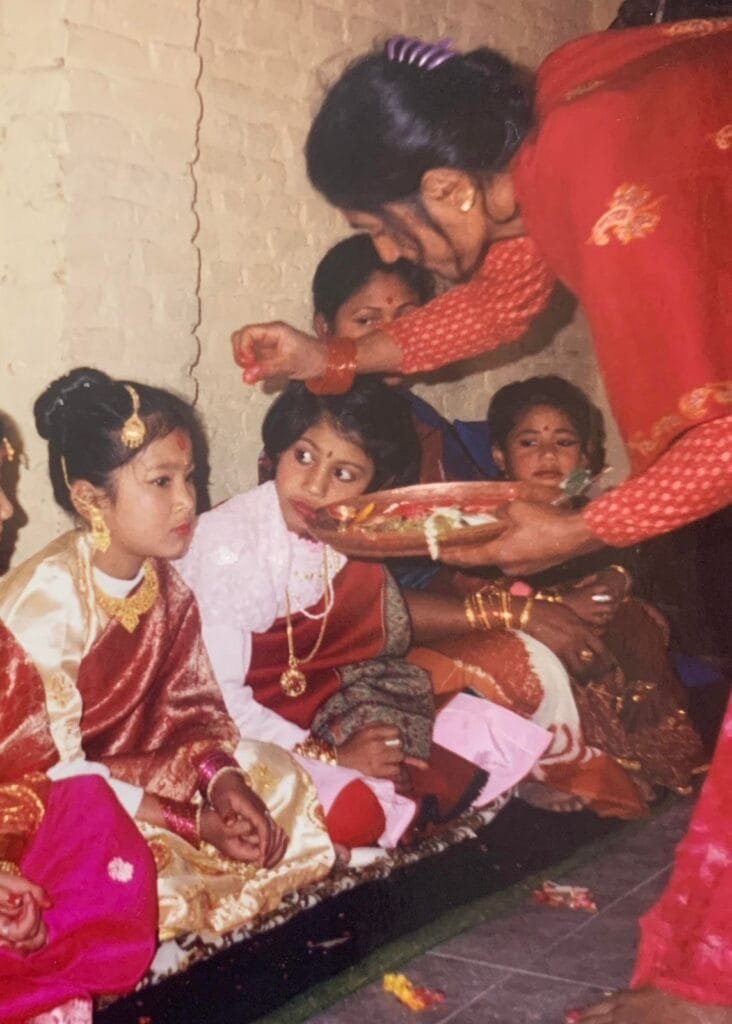
This spiritual guarantee was especially important historically, as widowhood often brought severe social exclusion and hardship for women.
Who Performs Bel Bibaha and When?
- Age of Girls: The ritual is performed for girls aged between 5 and 9 years, typically before they reach puberty.
- Timing: The ceremony usually takes place during auspicious months in the spring (March-April) or autumn (October-November) seasons, according to the lunar calendar.
- Location: Bel Bibaha is predominantly celebrated in the cultural hubs of the Newar community: Kathmandu, Bhaktapur, and Lalitpur.
The Bel Bibaha Ceremony: Step-by-Step
Bel Bibaha is a multi-day event filled with symbolism and traditional rituals. Below is an overview of the key ceremonial steps:
1. Pre-Ceremony Preparations
- The girl is adorned in red bridal attire, complemented with traditional jewelry.
- The family prepares offerings such as fruits, flowers, and customary Newar dishes.
- A priest (Guruju) is invited to conduct the sacred Hindu rituals, ensuring spiritual sanctity.
2. The Marriage Ritual
- The girl is seated in a specially decorated mandap (sacred marriage altar).
- The bel fruit, symbolizing her eternal husband, is placed before her.
- The priest chants sacred mantras and performs rituals involving rice, tika (a red mark on the forehead), and flower garlands.
- After the ceremony, the bel fruit is carefully preserved in the girl’s home as a lasting symbol of her spiritual marriage.
3. Community Celebration
- A bhoj (feast) follows, attended by relatives, neighbors, and community members.
- The girl receives gifts, new clothes, and blessings, reinforcing her social status and communal acceptance.
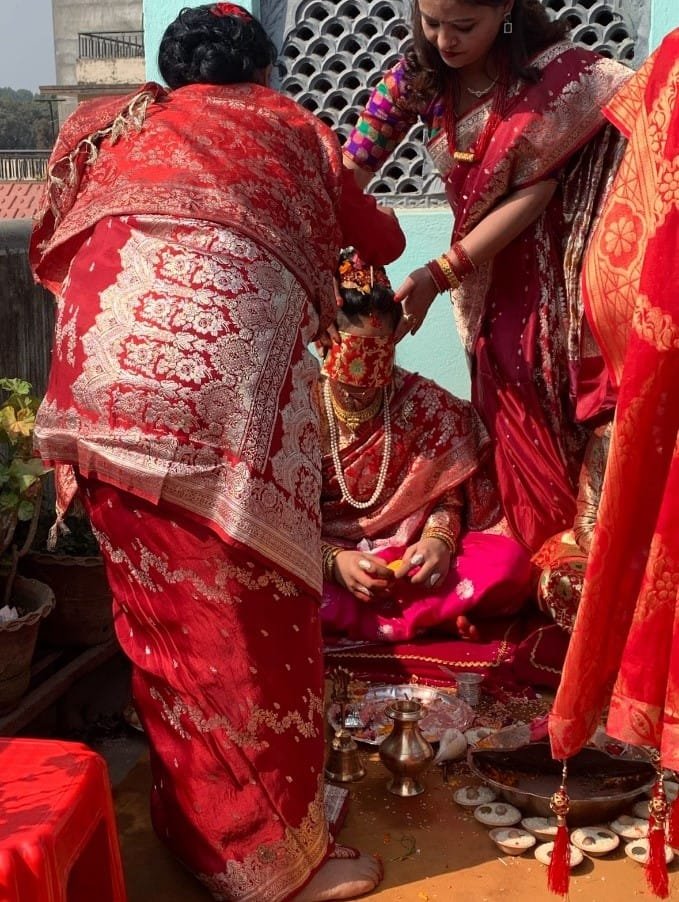
Cultural Importance and Social Safeguards
Bel Bibaha serves several important social and cultural functions for the Newar community:
- Protection from Widowhood Stigma: Traditionally, widowhood in Nepal carried heavy social burdens. By marrying the bel fruit first, girls were spiritually protected from being labeled widows, thus safeguarding their social standing.
- Cultural Identity: The ceremony reinforces Newar ethnic identity, preserving age-old customs that distinguish their community.
- Social Empowerment: Today, Bel Bibaha is often viewed as a rite of passage that marks a girl’s entry into family responsibilities and society.
- Religious Symbolism: The ritual connects the girl to divine protection, symbolizing purity, immortality, and spiritual continuity.
Modern Perspectives and Challenges
Evolving Attitudes in Contemporary Society
With rapid urbanization and modernization, perceptions of Bel Bibaha are shifting. While many urban Newar families still perform the ritual, it is increasingly seen as a cultural celebration rather than a strict religious necessity. The ceremony has become more about honoring heritage and identity than enforcing traditional roles.
Criticism and Debates
Some critics argue that Bel Bibaha borders on ritualizing child marriage, although it does not involve marital obligations until an appropriate age. The ceremony’s symbolic nature means that it is more about cultural symbolism than actual marriage in the legal or social sense.
Conclusion: The Long Lasting Legacy of Bel Bibaha
Bel Bibaha stands as a fascinating example of how cultural traditions interrelate with spiritual beliefs and social customs. Despite evolving societal values, this unique Newar ceremony continues to symbolize protection, celebration, and cultural continuity. It remains a powerful marker of Newar identity, womanhood, and resilience.
By preserving Bel Bibaha, the Newar community honors a tradition that has provided women with spiritual safeguards and social dignity for centuries. As Nepal modernizes, this ritual adapts while maintaining its core message celebrating the strength and sanctity of girlhood in Newar culture.
Written by Varsha Pradhan

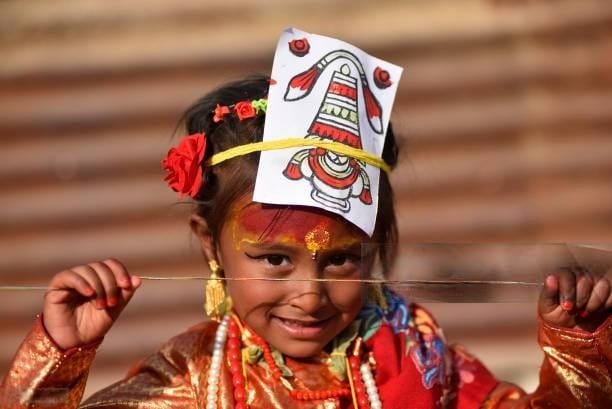

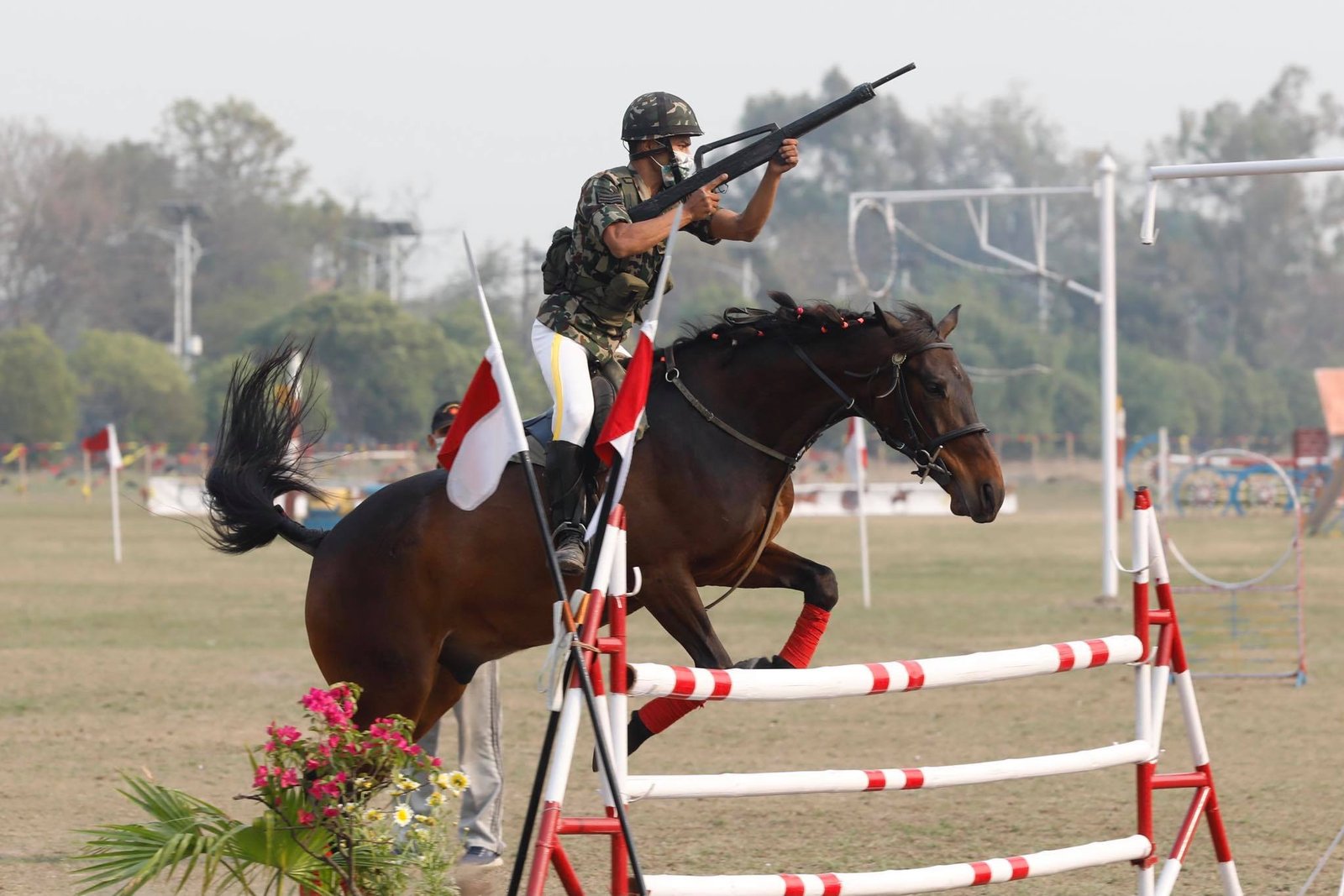

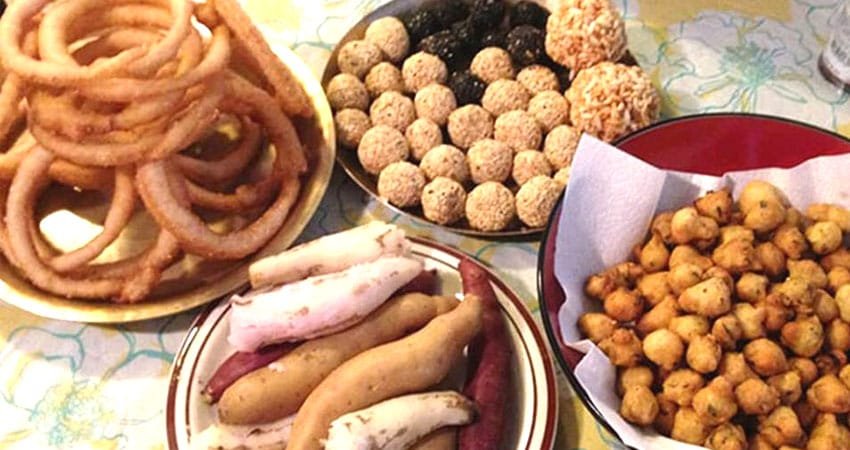
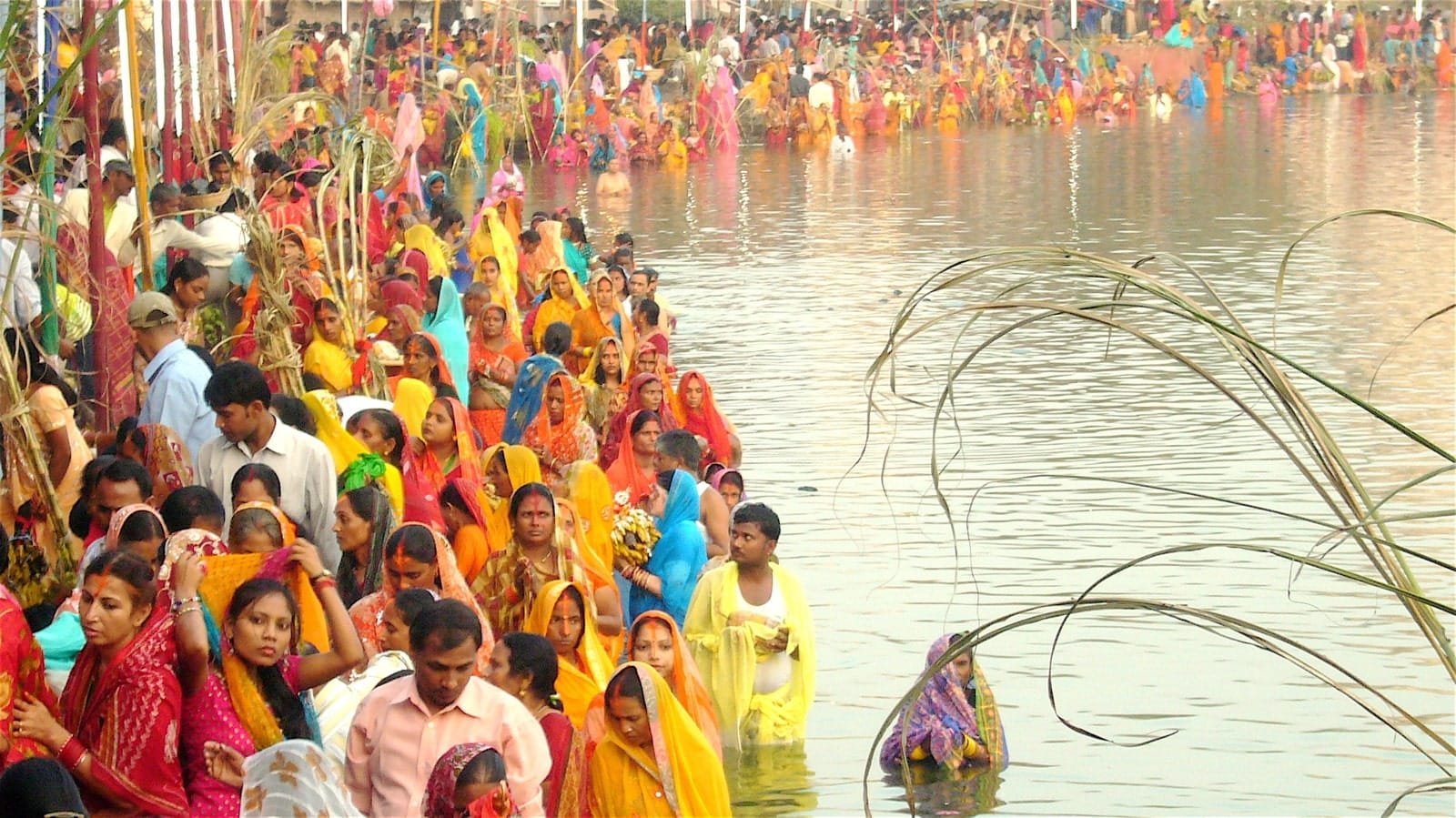
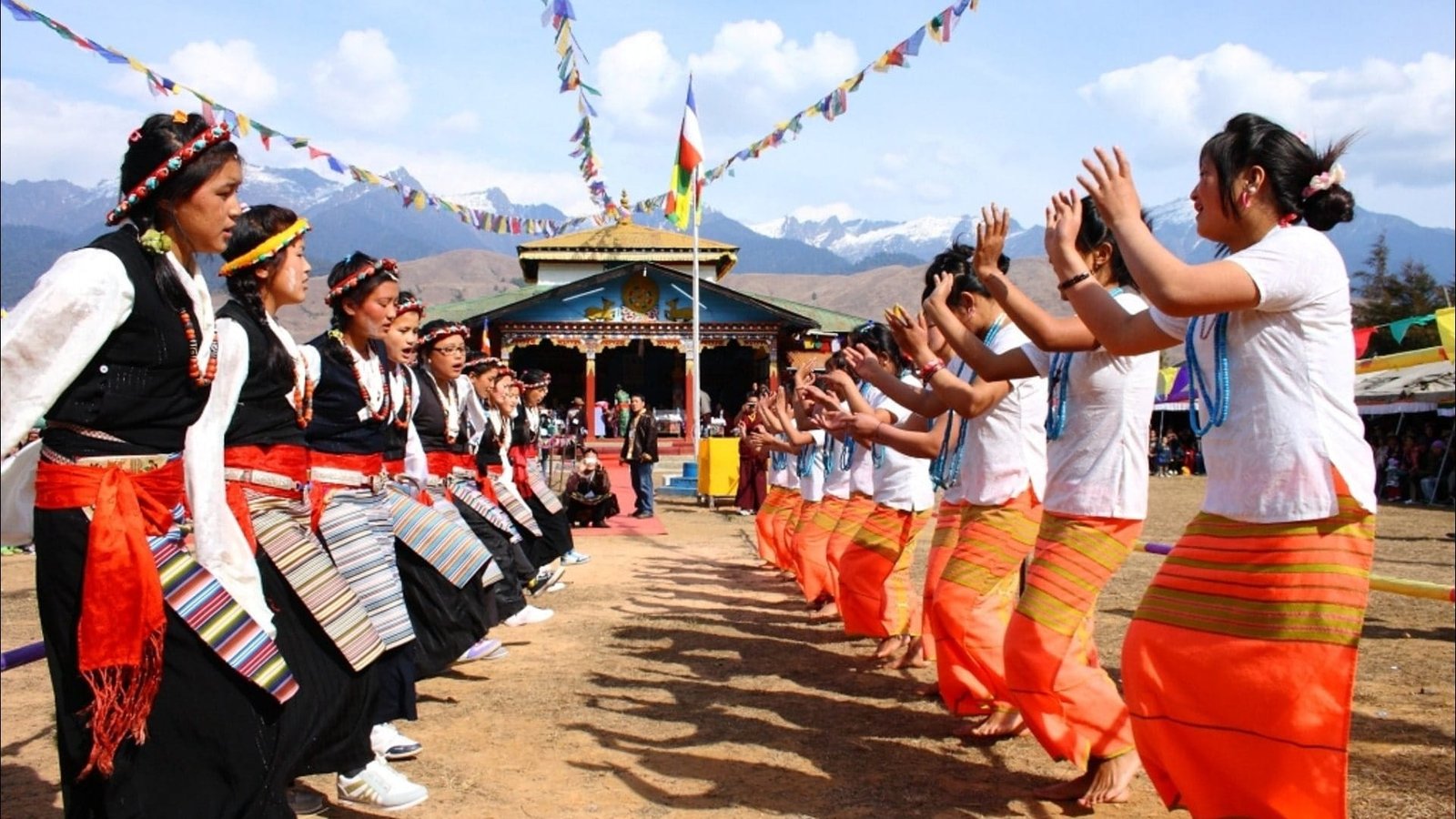
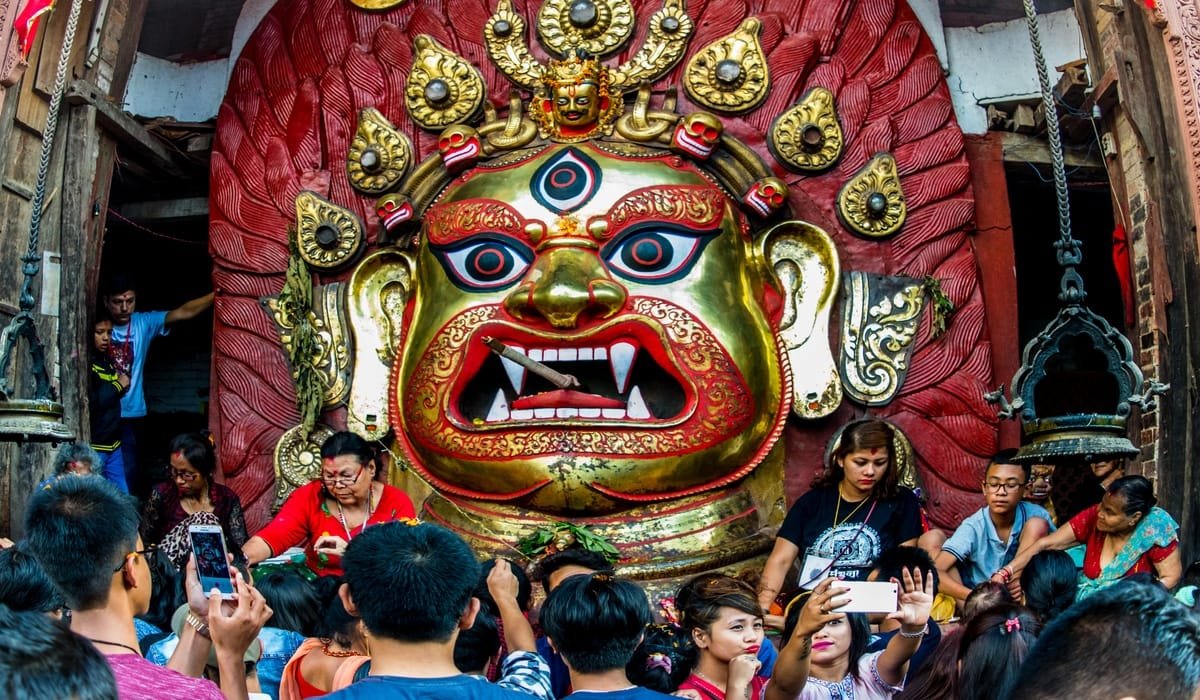

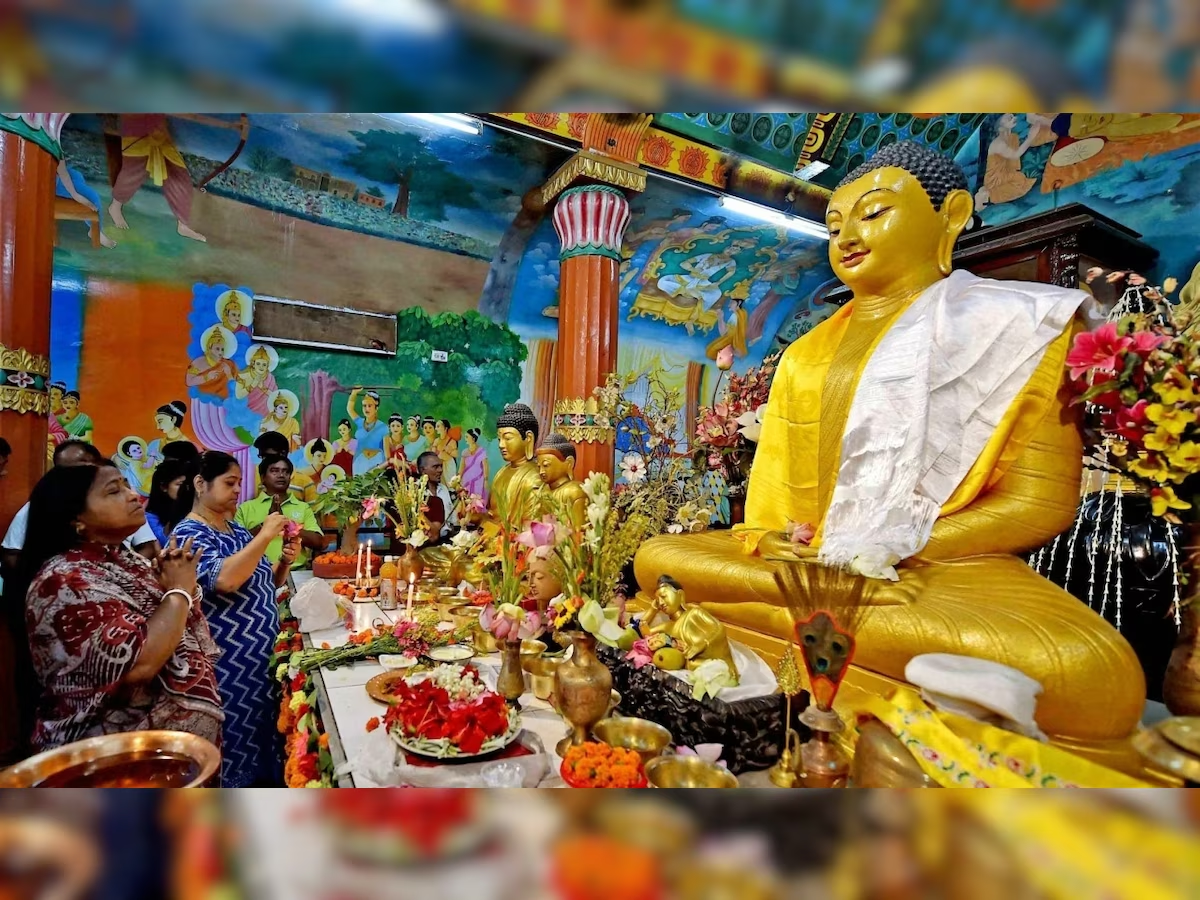
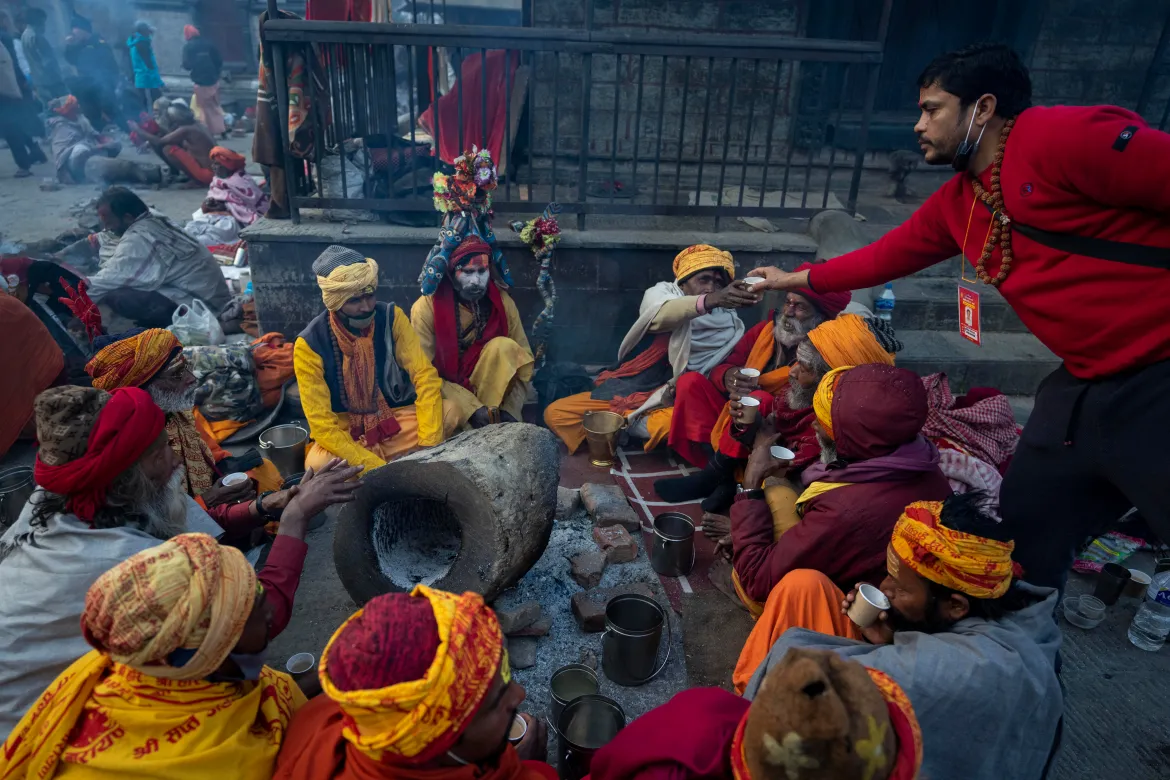

 Member of
Member of